
Our popular series continues with the ex-Argentine performer whose star flashed briefly in the US firmament during a brilliant three-race unbeaten spell – in the process leaving an indelible mark on at least one writer and his family
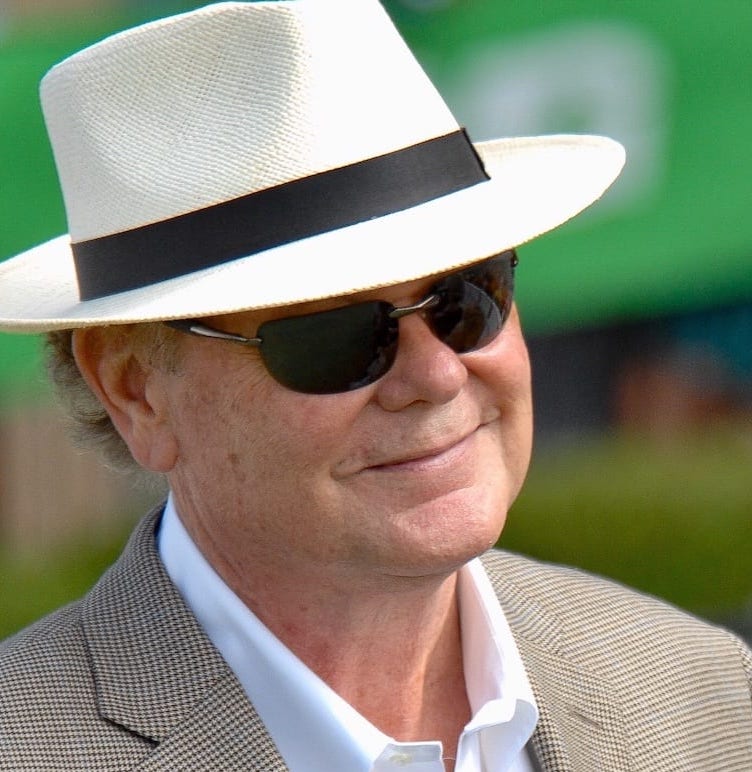 Candy Ride was a shooting star, seen briefly streaking across the Southern California sky in just three public appearances, ending a slim, unbeaten career that came and went before you knew it.
Candy Ride was a shooting star, seen briefly streaking across the Southern California sky in just three public appearances, ending a slim, unbeaten career that came and went before you knew it.
And yet, despite leaving so much on the table, there are few Thoroughbreds who belong so comprehensively on a list of this writer’s favorite horses or, for that matter, had more of a personal impact.
Here is how it happened:
One day, in late autumn of 2002, the phone rang in Sid Craig’s office at Rancho Paseana, a few miles inland from Del Mar racetrack. The call was from his trainer, Ron McAnally.
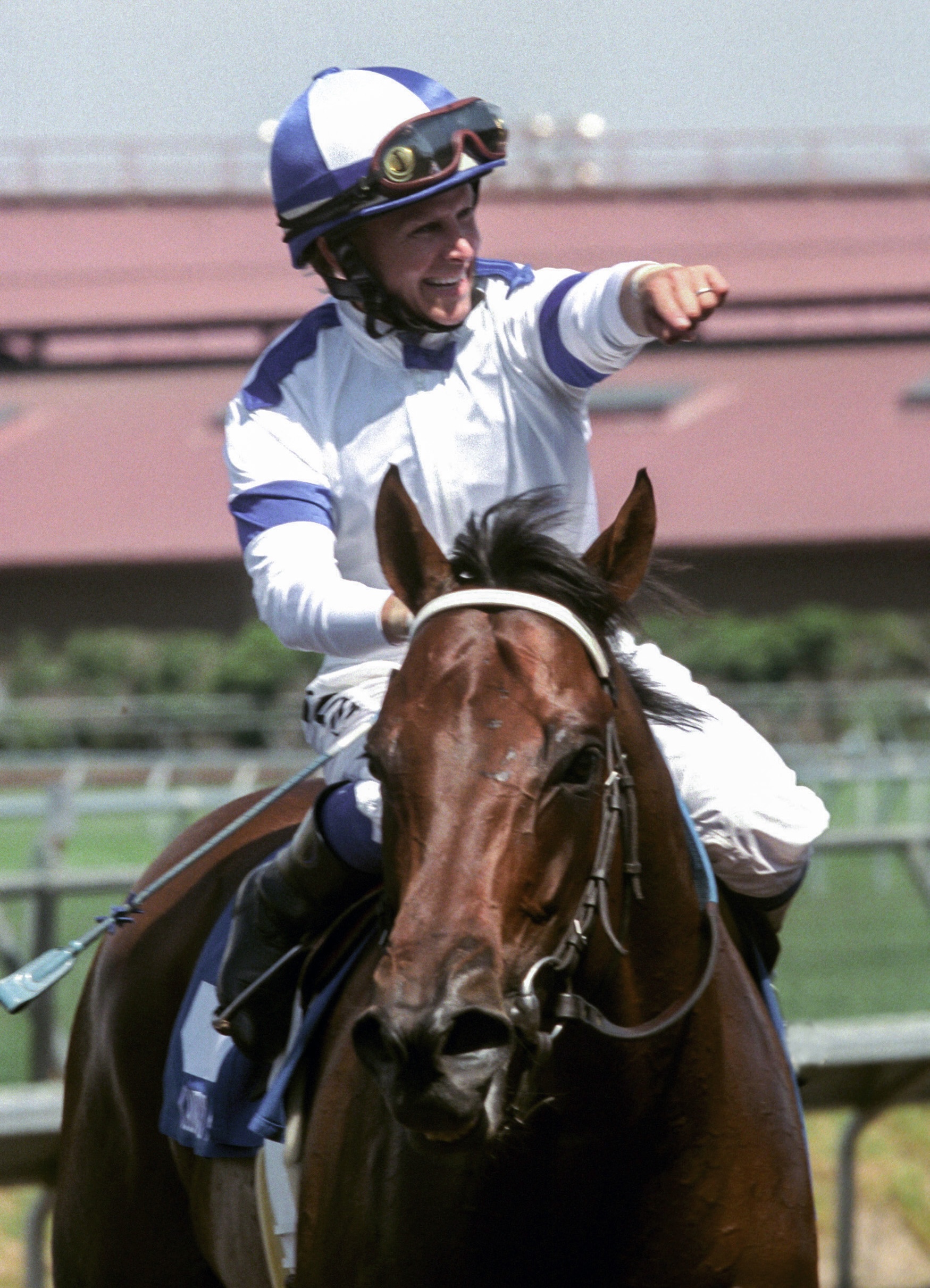 “I’m bringing over some tapes of a horse running in Argentina I think you should see,” McAnally said.
“I’m bringing over some tapes of a horse running in Argentina I think you should see,” McAnally said.
The videotapes featured three races by an Argentine colt named Candy Ride. Two were on grass, one was on dirt, and none of them were longer than 1,600 meters, or about 10 yards less than a mile.
“The story went that Candy Ride had raced several times out in the countryside, at little tracks, even down village streets,” McAnally said. “Those weren’t considered official races. But he was learning to run and he was getting quite a reputation. I don’t know how much of it was true, but it sounded pretty good.”
At least one tantalizing piece of the Candy Ride legend could be documented. On May 1, 2002, he turned up in the town of Cordoba, some 450 miles west of Buenos Aires, deep in gaucho country. The attraction was a traditional series of races for two-year-olds, comparable to the springtime trials held for many years in such US outposts as Camden, South Carolina, and Ocala, Florida.
Candy Ride had been training in Rio Cuarto, a town 100 miles south of Cordoba, at the Haras Ojos Claros (‘clear eyes’) of his owners. They included the family of Miguel Alonso, owners of the farm, and partners Marcelo Rizzo and Gumersindo Alonso, the Secretary of Agriculture and Livestock for the province of Córdoba.
Hipodromo General Belgrano Carbera was a modest layout with a dusty dirt track, sagging wooden rails, and informal accommodations for the enthusiastic aficionados. They were there on that May afternoon in hopes of witnessing the emergence of a new young star. The summer corn grown in the infield had long been harvested, while the straightaway in front of the stands was in shadow, save for a few fingers of light from the low autumn sun winking between gaps in the grandstand.
Running the gauntlet
Nine two-year-olds lined up in the starting gate at the head of the stretch for the trial race at 500 meters, to be run from left to right down the straightaway. The nine youngsters left the gate hell bent for leather, kicking up a cloud of dust that rendered all but the leaders in eerie silhouette as they raced past a gauntlet of cheering fans hugging both the inner and outer rails.
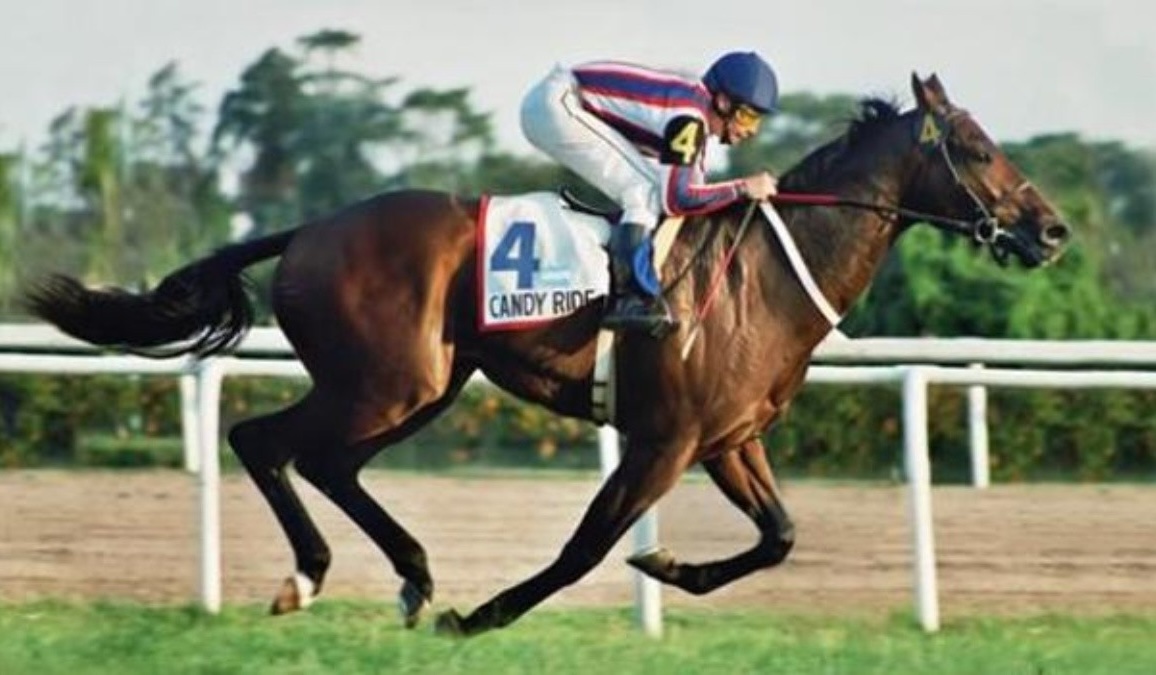 Candy Ride, wearing saddle towel number 6, began moving steadily on the leader, holding a true line, while the others faded into the haze. In burst of ten strides, Candy Ride went from a length behind to two lengths in front at the finish, widening the margin with every stride.
Candy Ride, wearing saddle towel number 6, began moving steadily on the leader, holding a true line, while the others faded into the haze. In burst of ten strides, Candy Ride went from a length behind to two lengths in front at the finish, widening the margin with every stride.
Along with the rest of his Argentine generation, Candy Ride turned three on July 1, 2002. His first official race occurred on August 9, 2002, a maiden event for young three-year-olds at historic Hipodromo de Palermo, presented on the dirt course at 1,200 meters, or about six furlongs. Candy Ride won by 12 lengths.
His second start, on October 12, 2002, came in the Gran Premio San Isidro at Hipodromo San Isidro in a northwestern suburb of Buenos Aires. The race, around one counter-clockwise turn at 1,600 meters on the grass, was rated G1, and Candy Ride was running against older, more experienced horses. Nevertheless, he won again, this time by eight lengths, with a clocking of 1:32.16 that was about as fast as the best horses can run.
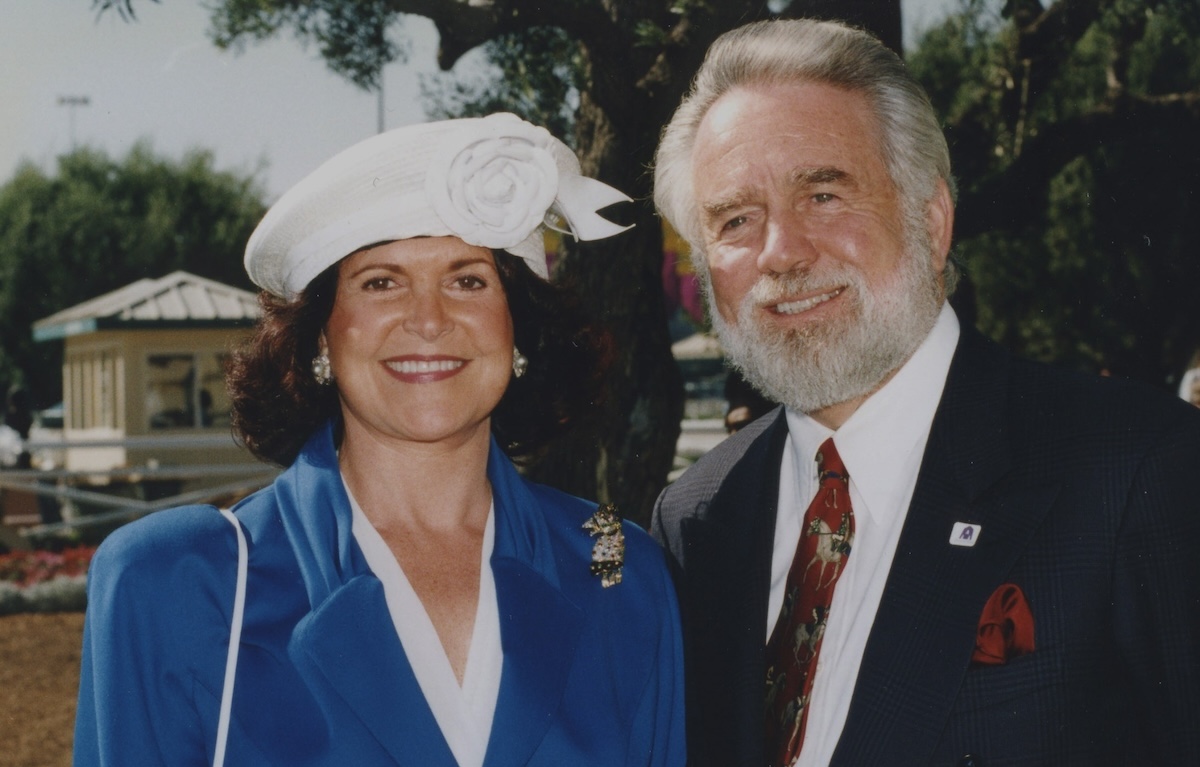 His third race, on December 12, 2002, was once again at San Isidro at 1,600 meters on the grass against older horses in a G1 event. Candy Ride took the lead from the start, as apparently was becoming his style, and won by two lengths in a clocking of 1:31.01, which brushed within one-hundredth of a second of the recognized world record for the distance.
His third race, on December 12, 2002, was once again at San Isidro at 1,600 meters on the grass against older horses in a G1 event. Candy Ride took the lead from the start, as apparently was becoming his style, and won by two lengths in a clocking of 1:31.01, which brushed within one-hundredth of a second of the recognized world record for the distance.
Argentinian pioneer
Candy Ride was foaled at Haras Abolengo in the San Isidro district of Buenos Aires. The farm was owned by the descendants of Julio Amadeo Menditeguy, a pioneer of the Argentinian Thoroughbred industry who established his first farm in 1908.
He was sired by Ride The Rails, a son of the noteworthy American horse Cryptoclearance, who raced 44 times for Phil Teinowitz and trainer Scotty Schulhofer and earned $3.3 million. With only 14 starts to his name, Ride The Rails could not boast his daddy’s durability, but he was good enough to be competitive with the best three-year-olds of 1994, among them champions Holy Bull and Dehere.
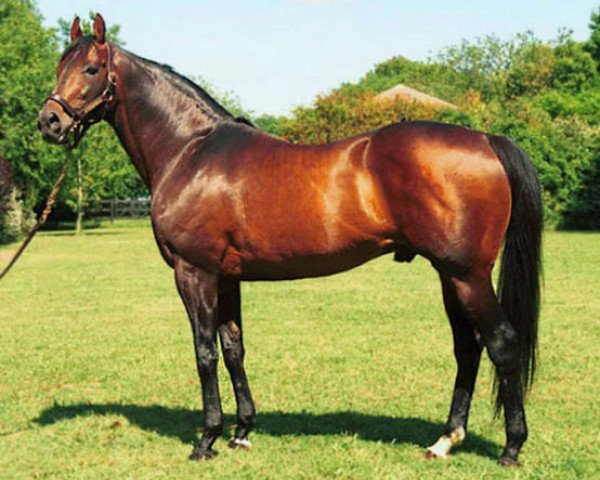 Candy Ride was out of Candy Girl, who never raced, nor were her brothers and sisters anything to write home about. However, Candy Stripes, the sire of Candy Girl, placed in a French Classic and had, to that point, enjoyed a long career as a stallion in both Argentina and America.
Candy Ride was out of Candy Girl, who never raced, nor were her brothers and sisters anything to write home about. However, Candy Stripes, the sire of Candy Girl, placed in a French Classic and had, to that point, enjoyed a long career as a stallion in both Argentina and America.
Among his best offspring were the stakes winners Different and Victory Stripes, owned by Sid and Jenny Craig and trained by McAnally. Candy Ride was Candy Girl’s fifth foal, arriving on September 27, 1999.
By the end of 2002, buyers from North America began to show interest. The price tag for Candy Ride was pegged at $900,000, although he’d apparently been turned down by at least two North American buyers who were not convinced his physical condition justified the price.
The problem was his right front ankle, where a tiny piece of a sesamoid bone had separated and was ‘floating’, a term used to describe such a fragment when completely detached. McAnally ordered fresh X-rays be airmailed to California and examined by noted veterinarian Dr. Jack Robbins.
“He saw what the other vets had seen in the ankle, but he was not discouraged,” McAnally said. “That’s why you listened to him. He had so much experience with so many good horses that he knew which ones could go on, and which ones would have trouble. He said, ‘Ronnie, I think you’ll be all right.’”
That was all McAnally needed to hear. His next conversation was with Sid Craig, and it was brief.
“Sid, I know you’ve always wanted to win the Pacific Classic,” the trainer said. “This is the horse who will do it.”
The mount for Candy Ride’s first US race on June 7, 2003, at Hollywood Park, went to Alex Solis, a 39-year-old veteran well on his way to the Hall of Fame.
Different kind of training
“Ronnie gave him plenty of time to acclimate because the seasons are different in South America,” Solis said. “He also had to get used to a different kind of training. South American horses are trained more for endurance than speed. He had plenty of natural speed, though, and he used it in that first race.”
Making his first start in six months over a mile and a sixteenth on the main track, Candy Ride left the starting gate quickly. Though crowded from both sides, Solis kept his cool and allowed his horse to accelerate just enough to take the lead. Turning into the stretch, Candy Ride was briefly challenged from the outside, then he simply pinned his ears and ran away from his competition.
For the American Handicap on July 4, Solis could not return aboard Candy Ride, since he was committed to ride a very good horse named Irish Warrior. Blessed with a deep, talented inventory of local jockeys, McAnally chose Gary Stevens.
“I’d never sat on Candy Ride before that day I got on him for the American,” Stevens said. “He was pretty hot-blooded warming up, pretty wound up. I didn’t have a lot of control of his mouth, or anything else, so I was trying to figure out if I should neck-rein him like a South American horse or steer him like an American horse.
“Going around the first turn he bolted with me,” Stevens continued. “Going down the backstretch, I still felt like I was heading for the outside fence. I was in panic mode – what do I do? He was basically running off with me, and I thought that there was no way this horse could finish with what he was doing.”
Stevens and Candy Ride arrived on the far turn of the American Handicap running alongside Special Ring, an accomplished specialist at the nine furlongs on grass.
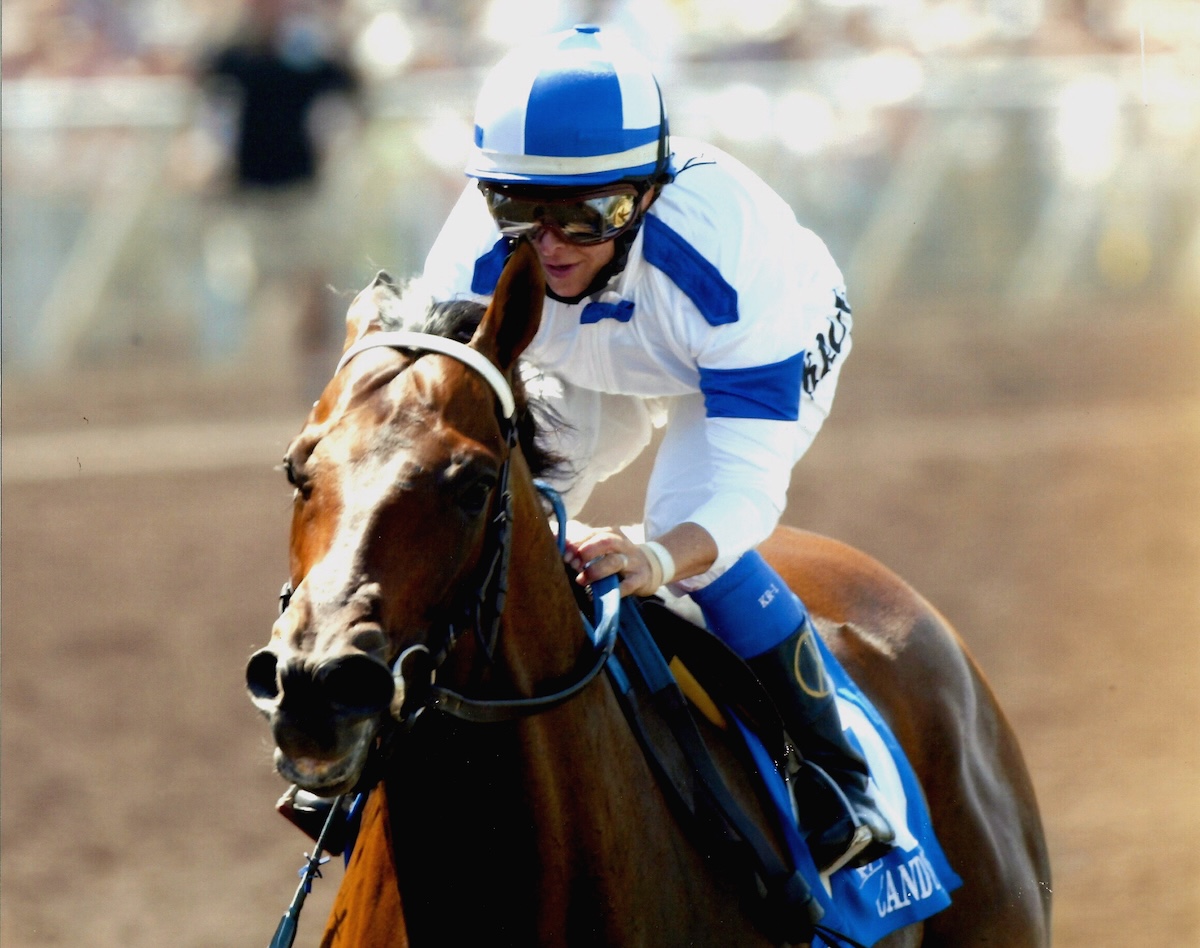 “I was still going way too fast to sustain his run,” Stevens said “I don’t know if I was worn out from pulling on that left rein, but when I finally gave him his head, he accelerated. Then, when we turned into the stretch, he hit another gear I’d never felt before.”
“I was still going way too fast to sustain his run,” Stevens said “I don’t know if I was worn out from pulling on that left rein, but when I finally gave him his head, he accelerated. Then, when we turned into the stretch, he hit another gear I’d never felt before.”
Full speed ahead
Candy Ride edged away from Special Ring in the closing yards to win by three-quarters of a length. After that, McAnally did not hesitate. It was full speed ahead toward the Pacific Classic, six weeks later at Del Mar.
“I worked him two weeks out from the Classic,” Stevens said. “I thought he got the mile in around 1:38, but it was closer to 1:34 and change. I was pretty excited after that work and really looking forward to the Classic. I thought Candy Ride couldn’t lose.”
However, a week later Stevens sustained nasty injuries (including a fractured and a collapsed lung) in a horrific fall from British-trained Storming Home in the Arlington Million.
Once again, Candy Ride needed a new jockey for the Pacific Classic. The Craigs and McAnally had plenty of candidates, including Mike Smith, Corey Nakatani, Laffit Pincay, and Kent Desormeaux, as well as the Del Mar meet leaders, Patrick Valenzuela and Julie Krone – the wife of your humble author – who was riding her first summer at the seaside track.
A few days after Stevens went down, the phone lit up with ‘Ron McAnally’ displayed. Trainers rarely call writers to volunteer bad news.
“Ask Julie to come to the phone,” McAnally said.
Oh boy.
“I thought Julie would be perfect for him,” McAnally said later, after announcing his choice. “She had the patience and the soft hands that Candy Ride would like.”
Along with 30,458 of the faithful, we gathered at Del Mar on Aug. 24, 2003, for the 13th running of Pacific Classic and its field of four. Whitney Handicap winner Medaglia d’Oro, trained by Bobby Frankel, was favored at 80 cents on the dollar. Candy Ride was 2-1, with Santa Anita Handicap winner Milwaukee Brew at 3-1. The longshot Fleetstreet Dancer completed the pack.
Stevens, still in discomfort from his accident, met with Krone in the jockeys’ room kitchen before the races. “It wasn’t a long conversation,” Stevens said. “I told her to just basically get along with him. He’ll get a little warm in the post-parade, and he’s gonna jiggy-jog a lot, so he won’t need a lot of warmup.”
Gary’s parting advice?
“Just stay out of his way,” Krone said, “and he’ll do the rest.”
Serious challenge
Even though he had won six of the first dozen Pacific Classics, Frankel conceded that Candy Ride would be a serious challenge. Jerry Bailey, on the other hand, entered the starting gate on Medaglia d’Oro full of confidence in his colt, which is why he could hardly believe what was happening through the first half of the 10-furlong Classic, as the two horses raced headlong through fast fractions.
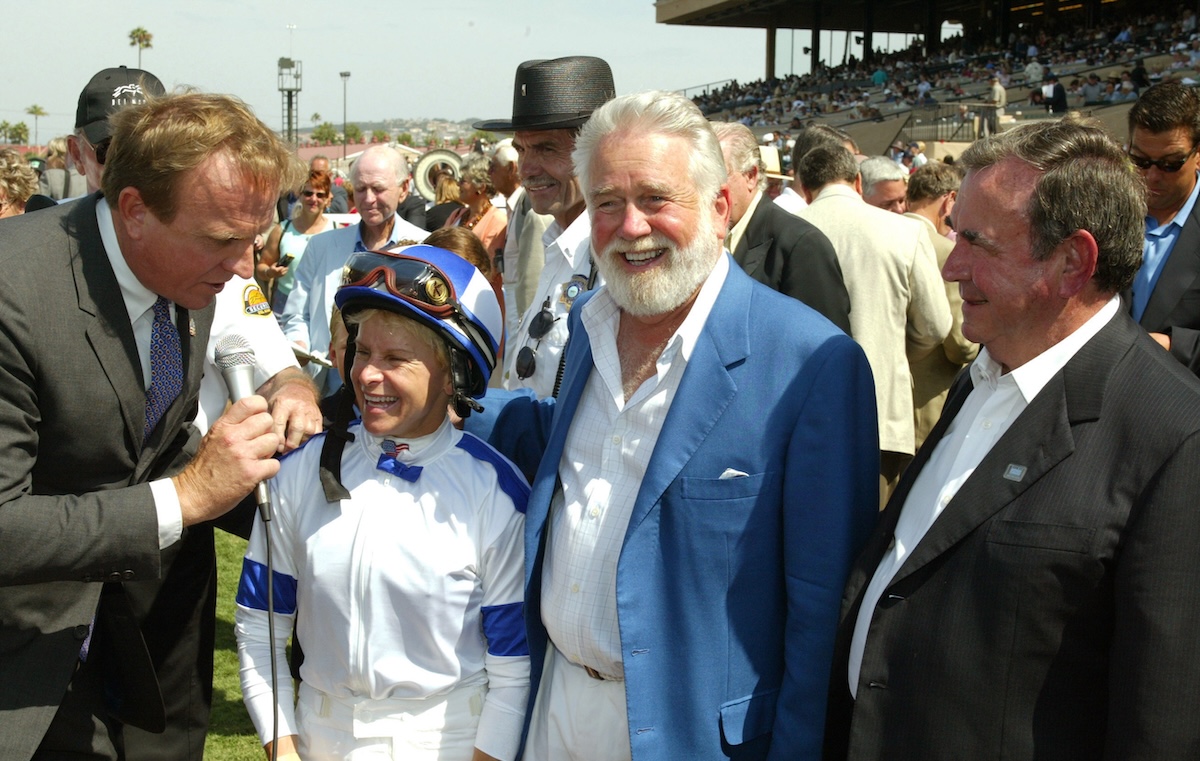 “Julie was riding him with extreme confidence, but I still couldn’t believe Candy Ride was as good as he was,” Bailey said. “I was awestruck. I thought my horse would win during the middle of the race. I thought he would win at the head of the stretch – and then he couldn’t. It was just crazy.”
“Julie was riding him with extreme confidence, but I still couldn’t believe Candy Ride was as good as he was,” Bailey said. “I was awestruck. I thought my horse would win during the middle of the race. I thought he would win at the head of the stretch – and then he couldn’t. It was just crazy.”
Krone, on the other hand, was more delighted than surprised, even though her horse had never raced beyond nine furlongs.
“The mile and a quarter never concerned me,” she said. “He was so push-button, so easy to ride, I thought he could do any distance you wanted him to. I had no apprehension at all. I knew he was going to be strong at the end, even as fast as he was going.”
As the two horses banked around the last bend in full flight, Medaglia d’Oro was reluctant to surrender. Coming off the turn, Krone signaled with her right rein for Candy Ride to shift lead legs. He reluctantly complied, then spurted clear of his rival to win by an official 3¼ lengths. Candy Ride had run his fifth and final quarter mile in :24.33 to establish a new Del Mar track record of 1:59.11.
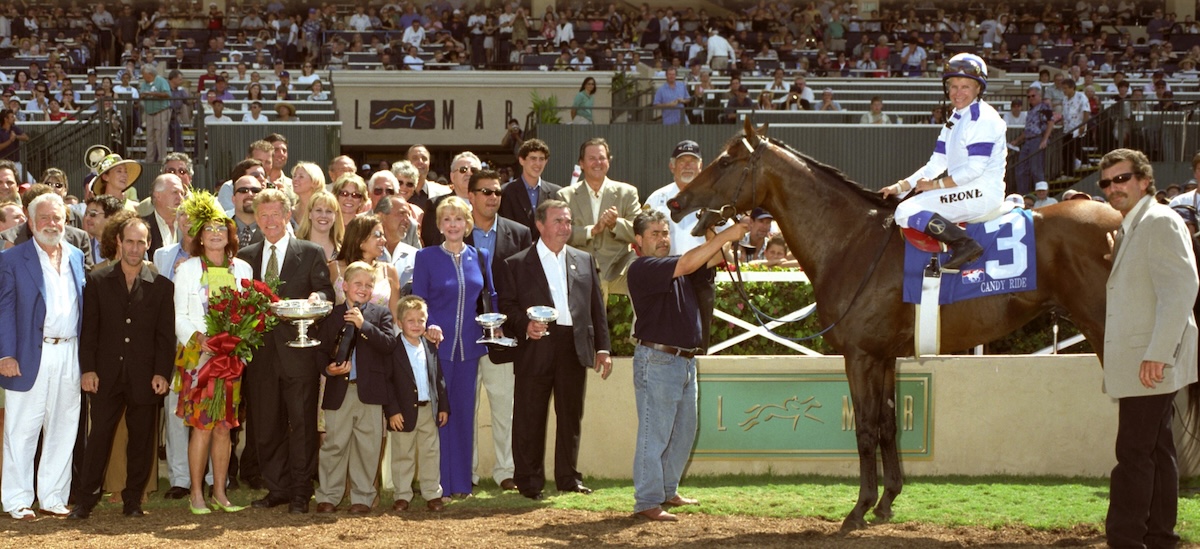 “Usually I’m pissed when I lose,” Bailey said. “But I couldn’t be mad. I really couldn’t. When your horse runs as good as he can, probably better than you thought he could, and you still can’t win, you’ve just got to admire the other horse.”
“Usually I’m pissed when I lose,” Bailey said. “But I couldn’t be mad. I really couldn’t. When your horse runs as good as he can, probably better than you thought he could, and you still can’t win, you’ve just got to admire the other horse.”
Dream match
Candy Ride was immediately considered a top contender for the 2003 Breeders’ Cup Classic, along with Mineshaft, the leading older horse of the East. But the dream match was not meant to be. Mineshaft was retired after winning the Jockey Club Gold Cup, and Candy Ride was pulled from Classic consideration by McAnally, who decided the colt needed a break after three hard races in his first North American campaign.
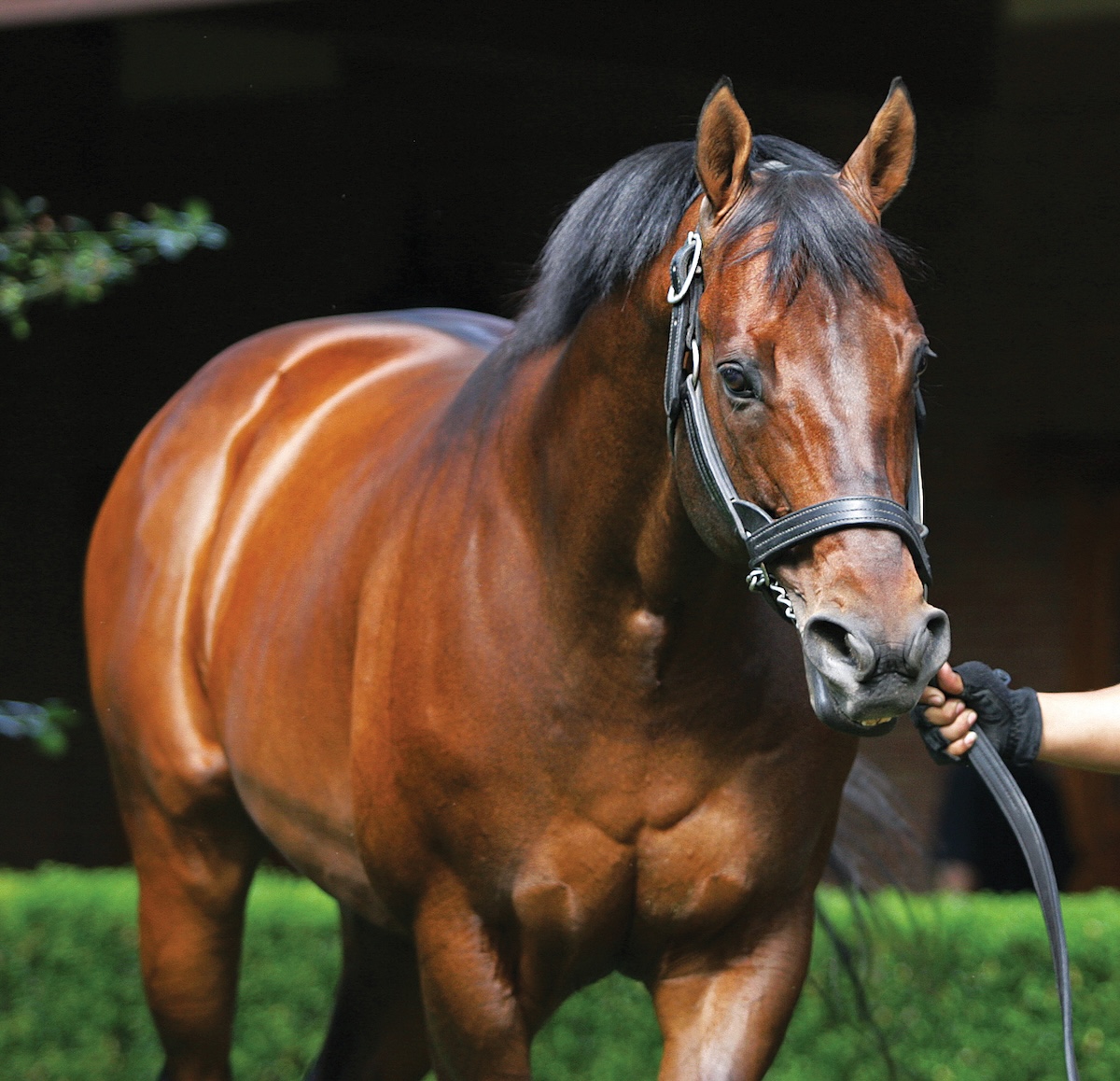 While aiming for a return the following season, Candy Ride’s dicey ankle rose to haunt him and although he trained sporadically, he never made it back to the races.
While aiming for a return the following season, Candy Ride’s dicey ankle rose to haunt him and although he trained sporadically, he never made it back to the races.
He was retired in the summer of 2004 and began his stallion career the following year at Hill ‘n’ Dale Farm in Kentucky. In 2010, he was moved to Lane’s End Farm, where he will commence his 21st season at stud in 2025, widely respected as the sire of Horse of the Year Gun Runner, champions Shared Belief and Game Winner, and another 13 winners of $900,000 or more.
“He was an absolute joy to ride – one of those rare athletes that need you only to be a good passenger and let them do their thing,” Krone said. “I got to ride him once in a work and once in a race, and I feel privileged to have been on him at all. You never forget a horse like Candy Ride.”
Any doubts she ever would were erased two years after their Pacific Classic, when Krone gave birth to our daughter, Lorelei Judith Krone, on September 27, 2005.
It was Candy Ride’s birthday.
• This story is comprised of edited excerpts from the second edition of the author’s book One Sweet Ride (2022), written with Julie Krone
• Read all Jay Hovdey's features in his Favorite Racehorses series
Wait A While: ‘She was one of our all-time favorites’ – Todd Pletcher
Safely Kept: ‘She’d beat the gate and have two lengths on them before they went four jumps’
Alphabet Soup: ‘Honest to a fault – when he was right, he ran his heart out, win or lose’
View the latest TRC Global Rankings for horses / jockeys / trainers / sires


